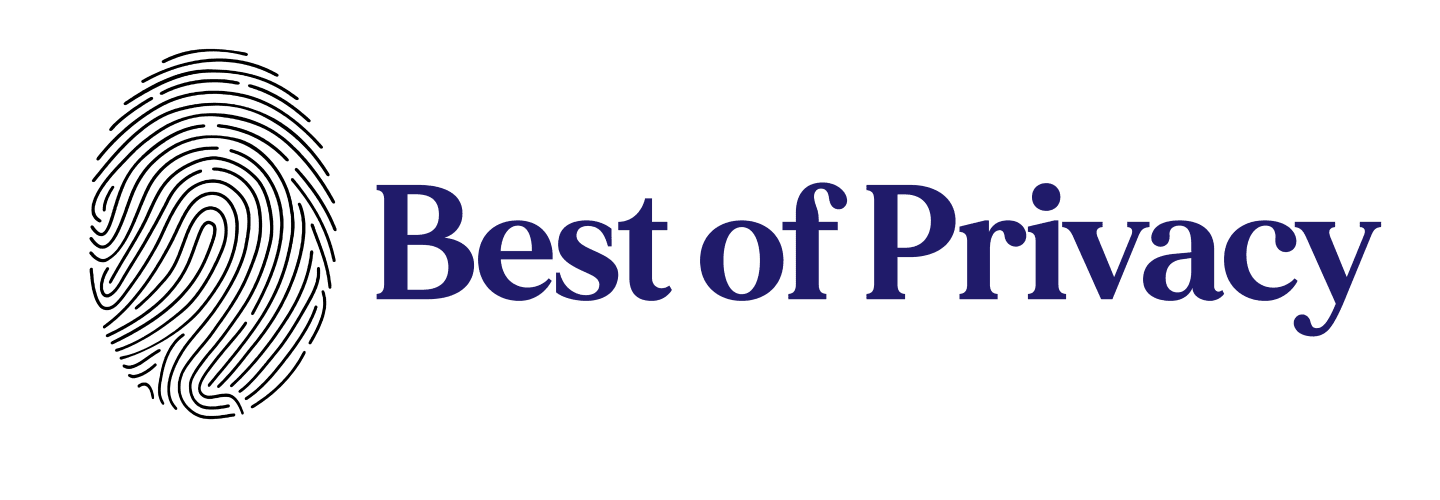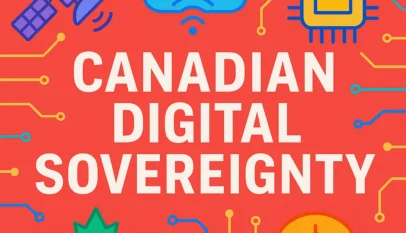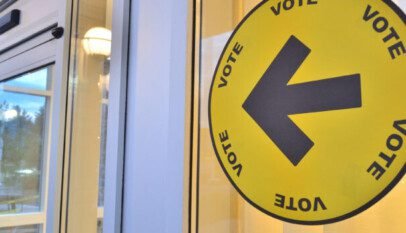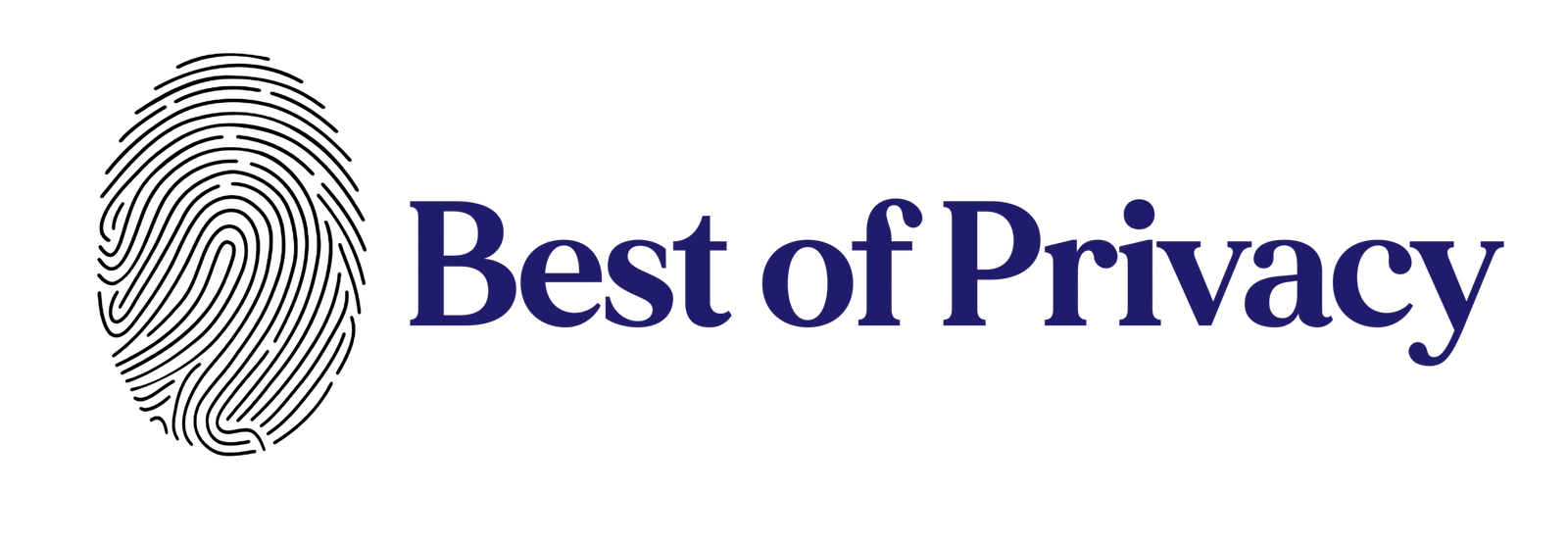
PHOTOGRAPH: HENRIK SORENSEN/GETTY IMAGES
SIX WEEKS AFTER the US surpassed all other countries in the number of reported Covid-19cases, some states are beginning to ease social distancing measures. As people start to slide back into close contact with one another, the nation’s top health officials are worried that the US still doesn’t have systems in place to effectively test, track, and halt the spread of the deadly respiratory disease. Testifying remotely before the Senate on Tuesday, Anthony Fauci, director of the National Institute of Allergy and Infectious Diseases, warned of a resurgence if cities and states open up without being able to contain new cases. “My concern is that we will start to see little spikes that might turn into outbreaks,” he said.
Without a vaccine, smothering these spikes will require a legion of contact tracers, whose job will be to find people who’ve been exposed to the novel coronavirus and prevent them from spreading it. Other countries, like South Korea and Singapore, have already proved this “test, trace, isolate” strategy can work—if you have enough tests and enough tracers. The US doesn’t have enough of either.
In the Before Times, there were only about 2,200 contact tracers for the whole US, according to the Association of State and Territorial Health Officials. They would help squelch periodic flareups of tuberculosis, HIV, syphilis, and other dangerous diseases. Now they’re all working around the clock on Covid-19. Public health experts estimate we need 100,000 to 200,000 more to safely reopen American society.
I wanted to know what it takes to become one of them. So on Monday, when the nation’s first online course in coronavirus contact tracing went live, I signed up and dove in.
As with testing and acquiring personal protective equipment, the federal government has left the challenge of recruiting and training an army of new contact tracers up to state and local public health departments. Absent a national plan, epidemiologists at the Johns Hopkins Bloomberg School of Public Health stepped in to create a crash course that they hope will help public health departments rapidly expand their workforce. Their first remote students will be the thousands of people who’ve already applied to be contact tracers in New York state, the American epicenter of Covid-19. “To be honest, we’ve never done contact tracing at this scale in our living memory,” says Emily S. Gurley, an infectious disease epidemiologist who is leading the program. “So a lot of this is brand new.”
The free six-hour course, which teaches a mix of virology, epidemiology, medical ethics, privacy, and interview techniques, opened for registration on the online educational platform Coursera. Though it’s geared toward people with ambitions of joining the ranks of tracers, it’s open to anyone. So that’s why on Monday morning, I AeroPressed an extra cup of coffee, turned off my Slack notifications, and settled into a sunlit corner of my couch, ready to take notes on how to catch a coronavirus killer.
The course is organized into five modules, each made up of video lectures and short quizzes you have to pass to move on to the next one. First up was an overview of Covid-19—symptoms of the disease, how it spreads, and how different kinds of diagnostic tests work. As I watched slides showing a calendar, in my headphones Gurley’s voice explained that most people become contagious five days after getting infected themselves. If it takes a day or two to get test results back, that leaves contact tracers a very tight window of opportunity to reach people and encourage them to self-quarantine. “It happens very fast,” Gurley says in the recorded lecture. Contact tracers, she says, have to move just as quickly to break the chain of transmission.
Every agency has its own protocols, but here are the basics: Every day, hospitals and clinics report any new positive tests to their local public health department. Teams of tracers work their way through these lists in shifts. They’ll try the phone number listed on that person’s health records first. If that doesn’t work, they can get more creative—looking at lab reports or in other databases available to the health department. Sometimes, the tracers are the first ones to let people know they’ve tested positive, so they usually spend some time answering questions and checking in on their symptoms. The first thing tracers do is try to determine when those symptoms started. That allows them to calculate the number of days each sick person needs to isolate at home. The general rule is to stay home for 10 days after symptoms begin, provided the person has been fever-free (without medications) for at least three days. Tracers will then try to help each person remember a list of names and places they were in contact with during the days they were infectious. That will serve as a roadmap for the next phase.
Once they have this list, tracers try to call every person or business on it, explaining that they have been exposed to someone who tested positive for Covid-19. They’ll encourage those “contacts” to self-quarantine for 14 days to prevent any further spread. For the next 14 days, those tracers will stay in touch—via text, email or the phone—to see if anyone is developing symptoms and help them through any difficulties they’re having with staying isolated. Some localities are using apps to help people in isolation automate some of their symptom reporting, and others use virtual check-ins with the tracer. But phone calls and texts aren’t always enough. Officials from multiple public health agencies told me they hope to be able to send people out into the real world to track down hard-to-locate individuals once their agencies have acquired the appropriate masks and other protective gear to ensure the tracers can do it safely.
The concept of contact tracing is nearly as old as the field of epidemiology itself, but it’s only been in use as a public health intervention since roughly the 1950s. Back then, it was deployed mostly for stopping outbreaks of syphilis, gonorrhea, and other sexually transmitted diseases. Today, public health workers in the US commonly use contact tracing when people receive a diagnosis of HIV or tuberculosis. (A doctor friend of mine recently recounted a hospital shift during which he was asked to consult on a patient with a persistent cough who had tested negative for Covid-19. He took one look at her chart and told the resident to call the health department so they could get a contact tracer lined up. “Why? She doesn’t have Covid,” the doctor protested. “No, she most likely has tuberculosis!” he replied.)
A case like that only happens a few dozen times each year in the Midwestern county where my friend and I live. But with the new coronavirus now circulating rampantly throughout the US, state and local officials have realized contact tracing is no longer a boutique public health service. To meet the demands of Covid-19, it needs to be a full-time, industrial strength commodity. Tech giants Apple and Google have proposed automating the arduous process through a location-tracking smartphone app, but so far, public health officials in hard-hit states are saying “no thanks” over concerns regarding its effectiveness and potential privacy issues. Instead, they’re plowing ahead with hiring and training an unprecedented number of people.
In late April, New York Governor Andrew Cuomo and former New York City Mayor Michael Bloomberg announced plans to hire as many as 17,000 tracers for the state. Bloomberg’s philanthropic organization donated $10.5 million to the effort. Some of that money went to funding the creation of the Johns Hopkins course, which—in addition to further training—will be a requirement for anyone hoping to be hired into the New York tracing corps. Cuomo told The Washington Post this week that the online course is a “key component of our program that will provide tracers with the tools to effectively trace Covid-19 cases at the scale we need to fight this pandemic.”
California recently announced…
The privacy officer’s changing role in the age of innovation and AI
Key takeaways The privacy officer’s role has evolved from compliance to being a strategic …














